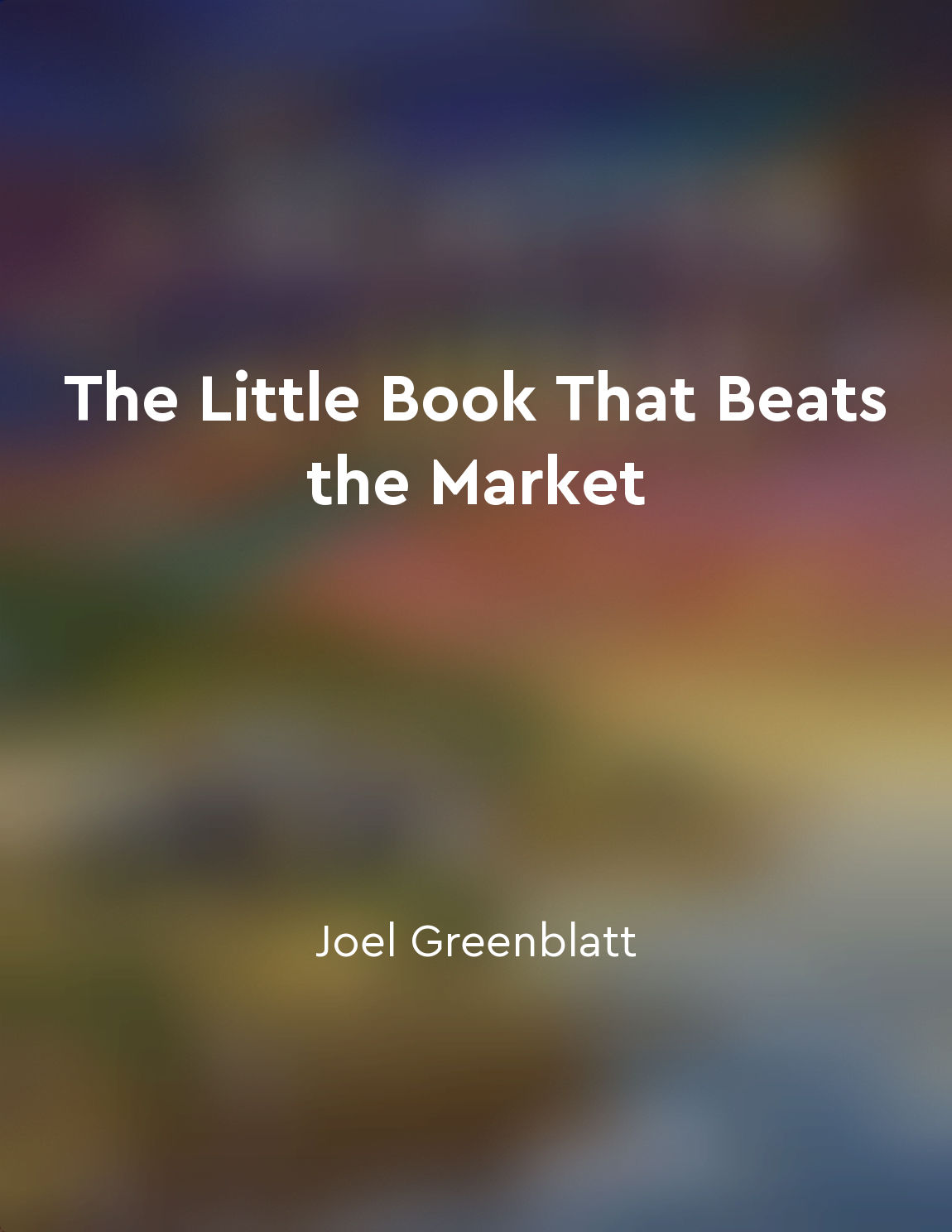Begin with a plan from "summary" of The Bogleheads' Guide to Investing by Taylor Larimore,Mel Lindauer,Michael LeBoeuf
Creating a plan is essential when it comes to investing. Think of it as a roadmap that will guide you through the often turbulent waters of the financial markets. Before you even think about buying your first investment, take the time to sit down and carefully consider your goals, risk tolerance, and time horizon. By doing so, you can ensure that your investment decisions are aligned with your overall financial objectives. Start by setting clear and achievable goals. Do you want to retire early, buy a house, or fund your child's education? Whatever your goals may be, make sure they are specific and measurable. This will give you a clear target to aim for and help you stay focused on what really matters to you. Next, assess your risk tolerance. How comfortable are you with the idea of fluctuations in the value of your investments? Understanding your risk tolerance will help you determine the right mix of assets for your portfolio. Remember, higher returns usually come with higher risk, so it's important to strike a balance that you are comfortable with. Consider your time horizon as well. Are you investing for the short term or the long term? Your investment horizon will influence your asset allocation decisions. Generally, the longer your time horizon, the more risk you can afford to take on because you have more time to ride out market fluctuations. Once you have a clear understanding of your goals, risk tolerance, and time horizon, it's time to put together a diversified investment plan. Diversification is key to managing risk in your portfolio. By spreading your investments across different asset classes, industries, and geographies, you can reduce the impact of any single investment on your overall portfolio. Remember, a well-thought-out investment plan will not only help you weather market volatility but also keep you disciplined during turbulent times. It will serve as your anchor, guiding you back to your original goals when emotions threaten to derail your investment strategy. So, take the time to create a plan that reflects your unique financial situation and stick to it through thick and thin. Your future self will thank you for it.Similar Posts
Cultivate thrift and budget wisely
To cultivate thrift means to develop the habit of saving money and spending wisely. This involves being mindful of our expenses...
Index funds are ideal for passive investors
Index funds are a simple and effective investment option for those who prefer a hands-off approach to managing their portfolio....

Seek out undervalued companies with strong fundamentals
The idea is to search for companies that are currently priced below their true worth in the stock market. These undervalued com...
Ignore market noise
It is essential for investors to remain focused on the long-term goals and not get distracted by short-term market fluctuations...
Risk tolerance varies among individuals
Different people have different attitudes towards risk. Some individuals are more willing to take on risk in exchange for the p...
Leverage technology for investment research
In today's fast-paced world, technology has become an indispensable tool for conducting investment research. With the advent of...
Learn from failures
Failures are a part of life, and they are inevitable. However, what sets successful people apart from others is their ability t...
Anchoring leads investors to rely on irrelevant information
Anchoring is a cognitive bias that leads investors to rely heavily on irrelevant information when making investment decisions. ...
Understand the value of money
Understanding the value of money is a fundamental aspect of financial literacy. It is not just about knowing how much a dollar ...
Money cannot solve all problems
In the pursuit of financial success, many people believe that money is the ultimate solution to all their problems. However, th...
